If you wear over-ear headphones frequently, you may wonder if they are linked to hair loss.
Headphones have been linked to hearing loss, but to date, there has been no research on hair loss associated with headphones.
Do Headphones Cause Hair Loss?

It is very rare to notice hair loss when using headphones. However, if you wear headphones for long periods of time or they are not comfortable, excessive friction, pressure, or tension can cause hair loss.
Hair loss due to tension or friction is called tension alopecia, and is usually caused by tight hairstyles, but can also occur with frequent headphone use.
If you notice hair changes around the headphone band, there are a few things you can do to help relieve the pressure and friction in that area.
Choose headphones that fit well, with an adjustable band and cushioned straps. You can also choose headphones that fit behind your neck or wear earbuds. Wearing a thin hat, such as a beanie, can also help some people.
What is the connection between headphones and hair loss?

There are three reasons why people worry that using headphones can cause hair loss. The first is hair damage due to friction.
Headphones are made of hard plastic and fit tightly against the top of your head, which can cause certain areas of your scalp to become sensitive and cause friction, which can damage your hair.
This is especially true if you have dry, brittle hair.
The second cause is traction alopecia, a condition caused by constant pulling (traction) on your hair. The most common cause of traction alopecia is long-term tight hairstyles.
In recent years, concerns have been raised about the potential for headphone-related disorders and the potential for disorders.
The most dangerous hairstyles for traction alopecia are tight braids (e.g., cornrows, dreadlocks), tight ponytails, man buns, and wavy or thick extensions, which can also cause hair loss.
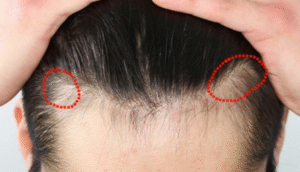
You can reduce your risk of traction alopecia by choosing a loose hairstyle, changing your hairstyle regularly, and avoiding hairstyles that cause pain, tingling, or tenting (pulling a portion of your scalp like a tent)
The third reason is the shape of your over-ear headphones. The contact area between the headphones and your scalp can mirror the type of hair loss associated with male pattern baldness (androgenetic alopecia).
As you can see in the photo below, in the early stages of male pattern baldness, hair loss occurs on both sides of the front of the scalp.
There is speculation that this type of hair loss may be related to regular headphone use, but there is no evidence to support this.
How to Prevent Hair Loss from Headphone Use?
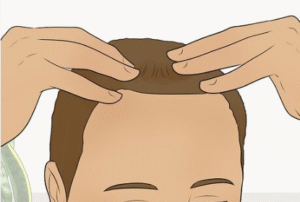
There is no evidence that using headphones causes hair loss, but here are some ways to minimize your chances of hair loss:
The best way to prevent traction alopecia is to avoid anything that pulls on your hair for long periods of time, including headphones.
Switching to earphones or earhook headphones will solve this problem immediately, as they no longer touch your scalp.
If you use band-type headphones, make sure the band is not too tight and is gently touching your scalp.
However, avoiding hairstyles that are too tight is the best way to prevent traction alopecia. Hairstyles are more likely to have a greater impact on your risk of traction alopecia than the use of headphones.
FAQs
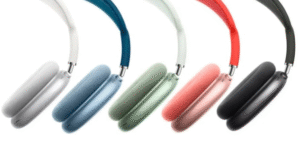
Why Wearing Headphones Can Be Harmful to Your Hair?
As a side note, it is very rare for someone to experience hair loss due to occasional or general headphone use.
When we talk about actual hair loss caused primarily by headphones, we are talking about cases where the headphones are worn all day, the headphones do not fit well, or there is excessive friction between the band and the scalp for any reason.
Excessive headphone use can cause a condition called traction alopecia.
This is a condition in which hair falls out excessively (usually temporarily) from a specific area of the scalp due to excessive tension on the hair or friction and pulling on the hair follicles.
This can cause hair loss, redness, irritation, and pimple-like bumps in the affected area.
Traction alopecia is usually caused by tight hairstyles such as braids, dreadlocks, tight buns, or ponytails.
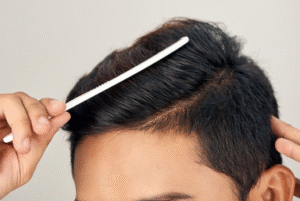
However, it has been found that friction and pulling from headphone headbands can also cause traction alopecia.
This condition is more likely to occur if the headphone band is too tight on the scalp or if the band moves while you are using it, causing friction on the scalp.
Also, if you already have a hair problem such as male pattern baldness, the hair follicles on the crown of your head may already be sensitive.
Therefore, rubbing or pulling your hair more frequently with headphones can make hair loss worse.
Can wearing headphones while exercising lead to hair loss?
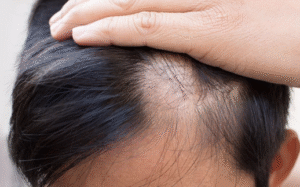
Exercising with headphones can cause excessive sweating, which can irritate the scalp and weaken the hair. Regularly washing your scalp and headphones can help reduce this risk.
Are certain headphone cushioning materials better for hair health?
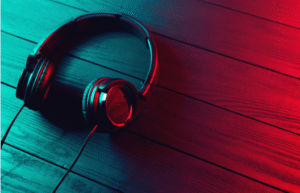
Yes, soft, breathable materials like memory foam or leather can reduce friction on the scalp. Avoid rough materials that can pull on the hair and cause damage.
Can wearing headphones with a ponytail or bun cause more hair damage?
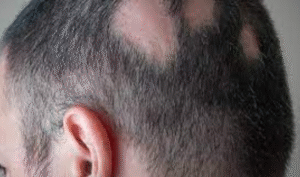
Wearing headphones and tying your hair tightly in a ponytail or bun can add tension to your hair, which can lead to hair loss around your hairline.
